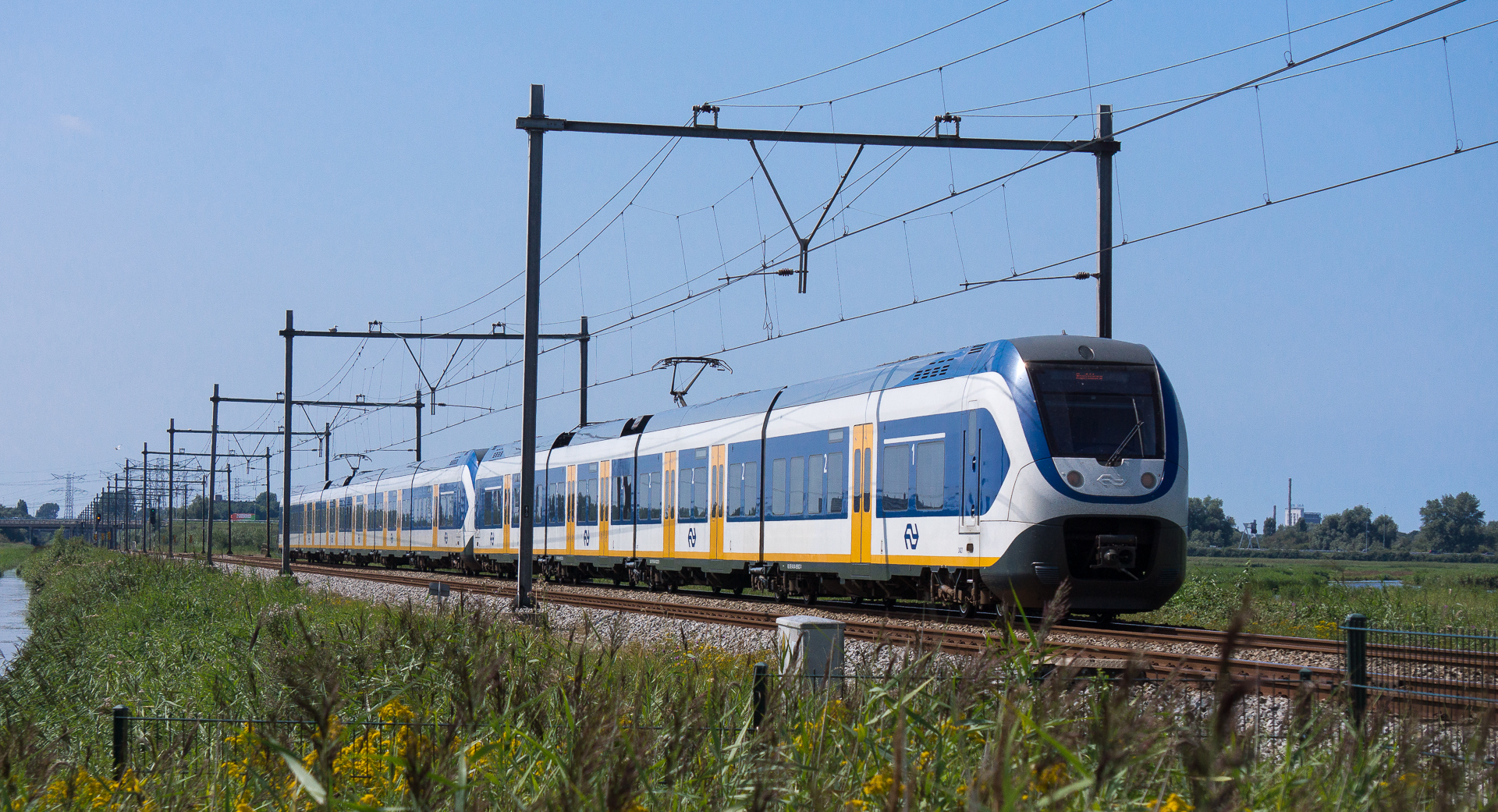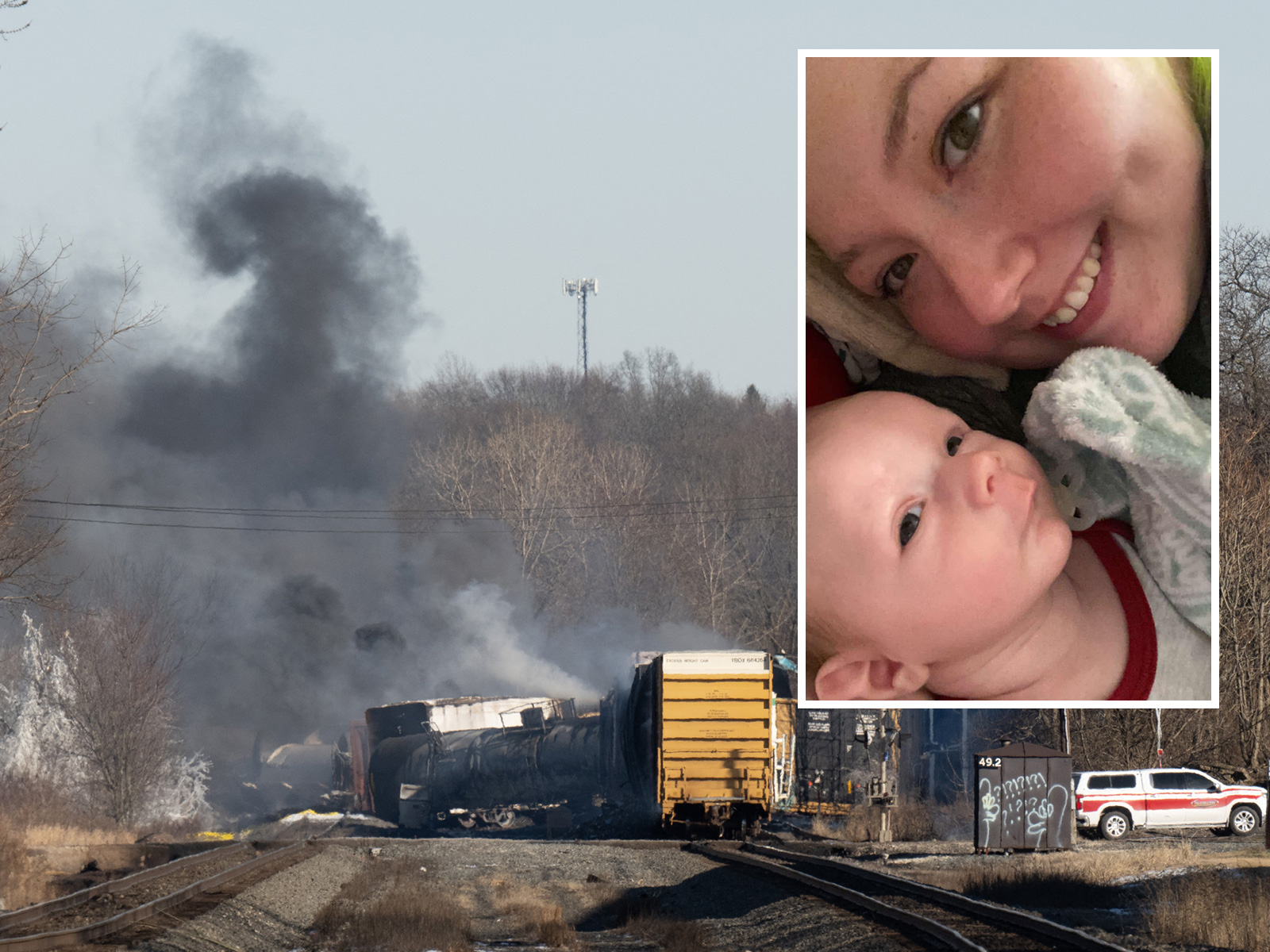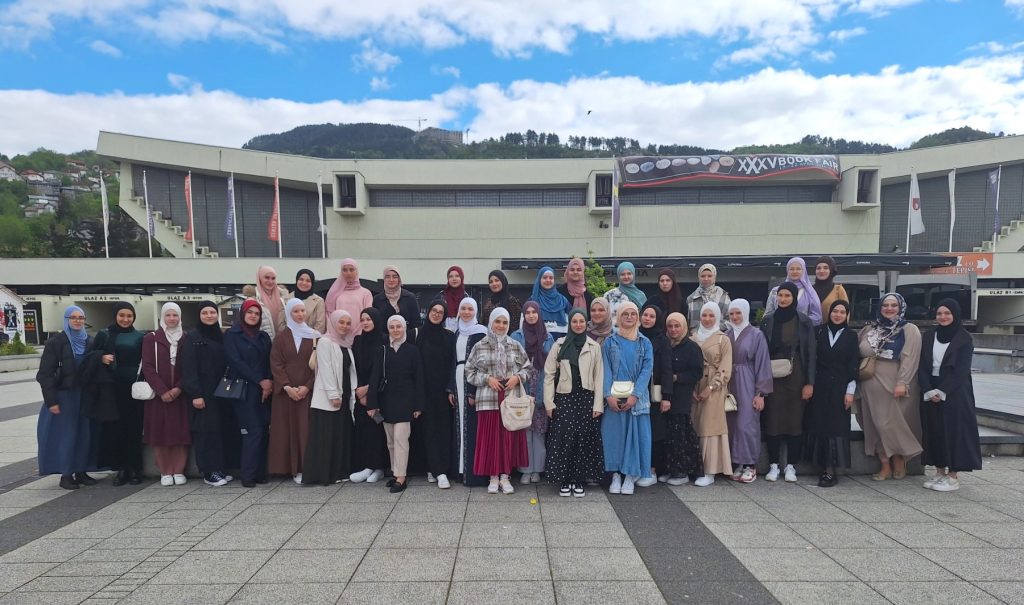Wind-Powered Trains: A Green Revolution In Transportation

Table of Contents
How Wind-Powered Trains Work
Harnessing wind energy to power trains involves several innovative technological approaches. The primary methods under consideration include utilizing wind turbines alongside the tracks and integrating smaller turbines directly onto the trains themselves. Hybrid systems combining these approaches with other renewable energy sources also hold considerable promise.
Wind Turbines alongside the Tracks
This approach involves strategically placing wind turbines near railway lines to generate electricity that feeds directly into the train network.
- Advantages: This offers a dedicated, renewable energy source for the railway system, reducing reliance on the national grid and fossil fuels. It also allows for large-scale energy generation.
- Disadvantages: Significant land use is required for turbine placement, potentially impacting surrounding ecosystems and presenting visual concerns. Careful siting and environmental impact assessments are crucial. Transmission losses from the turbines to the railway line also need to be considered.
Onboard Wind Turbines
Integrating smaller wind turbines onto the trains themselves is a more ambitious approach.
- Feasibility Challenges: This presents significant engineering challenges. The reliability and energy output of onboard turbines in varying wind conditions need to be carefully evaluated. The added weight and potential impact on train aerodynamics also need to be addressed. Maintenance and repair of onboard turbines could prove costly and complex.
Hybrid Systems: Combining Renewable Sources
Combining wind power with other renewable sources, such as solar power and battery storage, offers a more robust and reliable system.
- Enhanced Reliability: This approach mitigates the intermittent nature of wind energy. Solar panels can supplement energy generation during periods of low wind, and battery storage can ensure a continuous power supply, even in unfavorable weather conditions. This creates a more resilient and dependable railway electrification system.
- Optimized Energy Management: Smart grid technologies can optimize energy distribution, ensuring efficient use of the generated power and minimizing waste.
Environmental Benefits of Wind-Powered Trains
The environmental advantages of wind-powered trains are substantial. Switching from diesel or fossil-fuel-dependent electricity generation to wind power significantly reduces greenhouse gas emissions.
- Greenhouse Gas Emission Reduction: Studies suggest that wind-powered trains could reduce CO2 emissions by up to 90% compared to diesel trains and a substantial percentage compared to conventionally powered electric trains. This dramatically lowers the railway's carbon footprint.
- Improved Air Quality: The elimination of harmful exhaust fumes from diesel trains leads to improved air quality, particularly in urban areas where railway lines often run close to residential communities. This improves public health and reduces respiratory problems.
- Sustainable Rail Transport: Wind-powered trains contribute significantly to a more sustainable transportation system, aligning with global efforts to combat climate change and promote environmentally responsible practices.
Economic Aspects and Challenges of Wind-Powered Trains
While the environmental benefits are clear, the economic aspects require careful consideration.
- Initial Investment Costs: The initial investment in wind turbine infrastructure, whether alongside tracks or onboard, is significant. This includes the cost of turbine acquisition, installation, maintenance, and integration into existing railway infrastructure.
- Long-Term Economic Viability: The long-term economic viability depends on factors such as the efficiency of wind energy generation, maintenance costs, and the overall cost of energy production compared to traditional methods. Careful life-cycle cost analysis is necessary.
- Infrastructure Integration: Integrating wind-powered trains into existing railway infrastructure may pose challenges, requiring upgrades to power grids and signaling systems. This requires careful planning and coordination.
- Government Incentives and Funding: Government subsidies and incentives play a vital role in making wind-powered trains economically viable. Investment in research and development and tax breaks for green transportation technologies are crucial.
Future Prospects and Research Directions for Wind-Powered Trains
Ongoing research and development are key to improving the efficiency and cost-effectiveness of wind-powered trains.
- Technological Advancements: Research focuses on developing more efficient wind turbine designs, improved energy storage solutions, and smarter energy management systems. Advancements in materials science could lead to lighter and more durable turbines.
- Future Applications: The potential applications extend beyond mainline railways to include regional and commuter lines, as well as light rail systems.
- Public-Private Partnerships: Collaboration between research institutions, private companies, and governments is essential for driving innovation and accelerating the adoption of this technology.
Embracing the Wind-Powered Train Revolution
Wind-powered trains offer a compelling solution to the environmental challenges of traditional railway systems. Their potential for significant greenhouse gas emission reduction, improved air quality, and contribution to a sustainable transportation future is undeniable. While challenges remain in terms of initial investment and infrastructure integration, ongoing research and development, coupled with supportive government policies, are paving the way for a widespread adoption of this revolutionary technology. Learn more about how wind-powered trains are shaping the future of sustainable transportation and join the movement towards a greener railway system, embracing wind-powered rail and green train technology for a sustainable future.

Featured Posts
-
 Western Conference Wild Card Battle Nhl Playoff Standings Breakdown
May 04, 2025
Western Conference Wild Card Battle Nhl Playoff Standings Breakdown
May 04, 2025 -
 Gaza Macron Met En Garde Contre Une Militarisation Israelienne De L Aide Humanitaire
May 04, 2025
Gaza Macron Met En Garde Contre Une Militarisation Israelienne De L Aide Humanitaire
May 04, 2025 -
 Blake Lively And Anna Kendricks Relationship On The Set Of Another Simple Favor The Director Speaks Out
May 04, 2025
Blake Lively And Anna Kendricks Relationship On The Set Of Another Simple Favor The Director Speaks Out
May 04, 2025 -
 Lingering Effects Toxic Chemicals From Ohio Train Derailment Remain In Buildings
May 04, 2025
Lingering Effects Toxic Chemicals From Ohio Train Derailment Remain In Buildings
May 04, 2025 -
 Bookstore Unearths 45 000 Literary Treasure A Rare Novel
May 04, 2025
Bookstore Unearths 45 000 Literary Treasure A Rare Novel
May 04, 2025
Latest Posts
-
 Sarajevski Sajam Knjiga Gibonni Gost I Promocija Novog Izdanja
May 04, 2025
Sarajevski Sajam Knjiga Gibonni Gost I Promocija Novog Izdanja
May 04, 2025 -
 Gibonni Pojava Na Sarajevo Book Fairu I Predstavljanje Inspiracijske Knjige
May 04, 2025
Gibonni Pojava Na Sarajevo Book Fairu I Predstavljanje Inspiracijske Knjige
May 04, 2025 -
 Sarajevo Book Fair Gibonnijeva Posjeta I Najava Nove Knjige
May 04, 2025
Sarajevo Book Fair Gibonnijeva Posjeta I Najava Nove Knjige
May 04, 2025 -
 Gibonni Gostuje Na Sarajevo Book Fair Promovira Novo Izdanje
May 04, 2025
Gibonni Gostuje Na Sarajevo Book Fair Promovira Novo Izdanje
May 04, 2025 -
 Gibonni Na Sarajevo Book Fair Detalji O Posjeti I Promociji Knjige
May 04, 2025
Gibonni Na Sarajevo Book Fair Detalji O Posjeti I Promociji Knjige
May 04, 2025
